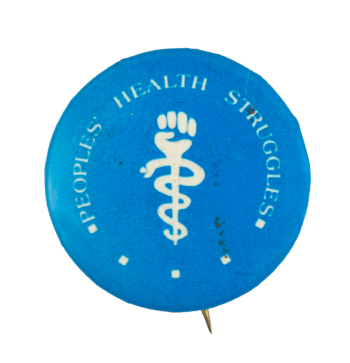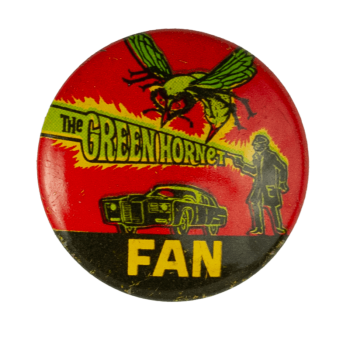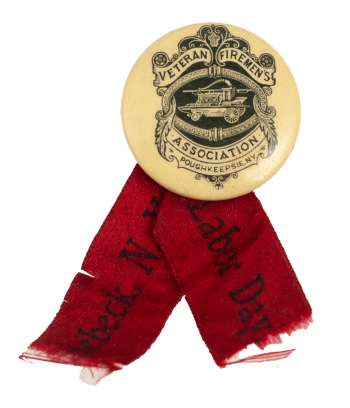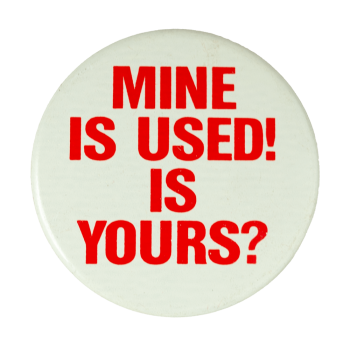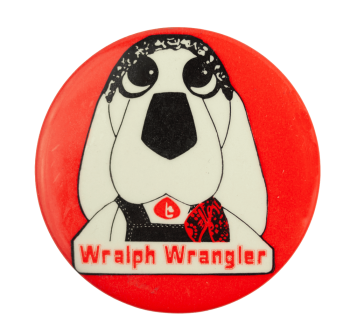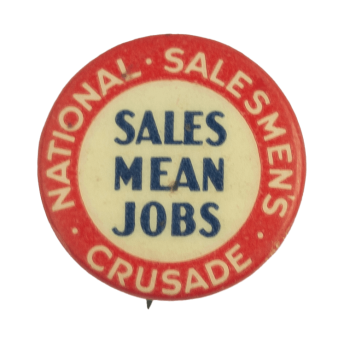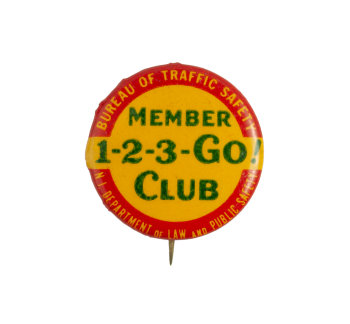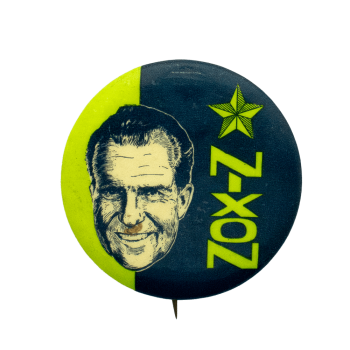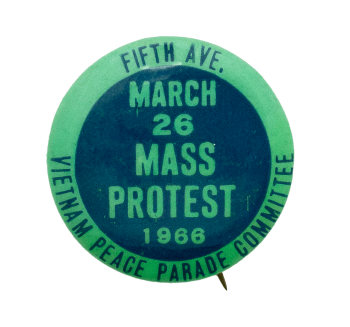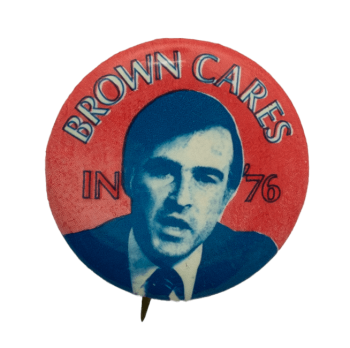Peoples' Health Struggles
| Category | |
|---|---|
| Additional Images | |
| Sub Categories | |
| Text on Button | PEOPLES' HEALTH STRUGGLES |
| Image Description | White text on a blue background surrounding an illustration of a raised fist encircled by a snake |
| Back Paper / Back Info |
[sticker: 77] |
| Back Style | |
| The Shape | |
| The Size | |
| Additional Information | |
| Catalog ID | CA0929 |

